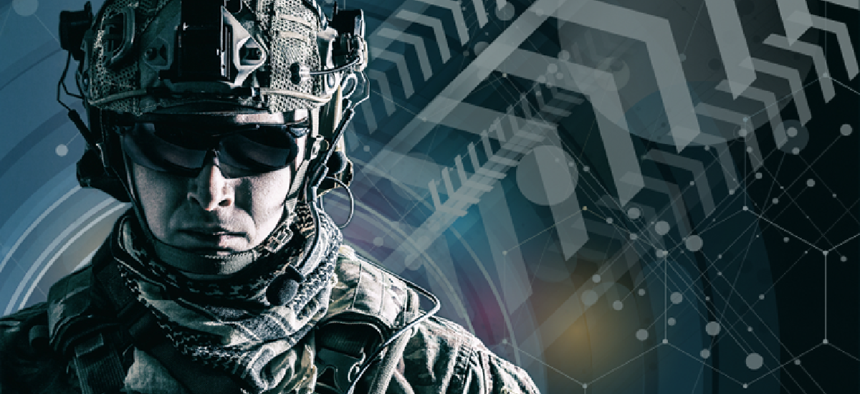Marines' future: Fewer tanks, more resilient IT


Connecting state and local government leaders
The Marine Corps wants future-proof information technologies that can survive and perform tasks like data analytics uninterrupted in remote, contested environments.
On a march to a network- and cloud-centric future that likely features a flat budget, the Marine Corps plans to leave behind some of its legacy weapons systems and accept the risks that come with developing technologies, according to Ken Bible, the Marines’ deputy CIO.
"We're trading artillery and cannons and tanks in order to get after command and control modernization, electronic warfare, alternatives for positioning, navigation and timing, long range fires," Bible said during a recent virtual AFCEA NOVA event.
"Some traditional systems probably will not get funded. There will be things that we will give up … things like the amphibious assault vehicle, even some of the vertical lift pieces," he said.
That pivot means taking "near-term risk" to get future-proof information technologies that can survive and perform tasks like data analytics uninterrupted in remote, contested environments.
The Marine Corps released its 2030 force design in March. The report called for smaller units widely deployed in large areas and more unmanned systems along with the need for better electronic warfare and intelligence, surveillance and reconnaissance capabilities. The future force will also rely on a "federated system of networks to ensure all elements can fight in a degraded command and control environment."
With an increased load on the network, Bible said the service has to determine what weapons and subsequent communications systems are needed to bring that vision to fruition. The CIO is currently working on a network modernization plan slated to be released in May.
But can the network handle it? Right now there are gaps, especially when it comes to cloud, which is needed to support information and data environments interconnected across the services.
"I need to be able to have communications paths that can't be disrupted," Bible said. "I need to be able to have different models of how I do intensely computational capabilities with organic sensors at the edge rather than necessarily always being connected robustly on the larger enterprise."
Bible said the Marine Corps Enterprise Network is already deployed tactically, giving marines access the service's main website from the battlefield, but resiliency is a consistent challenge.
This article was first posted on FCW, a sibling site to GCN.





